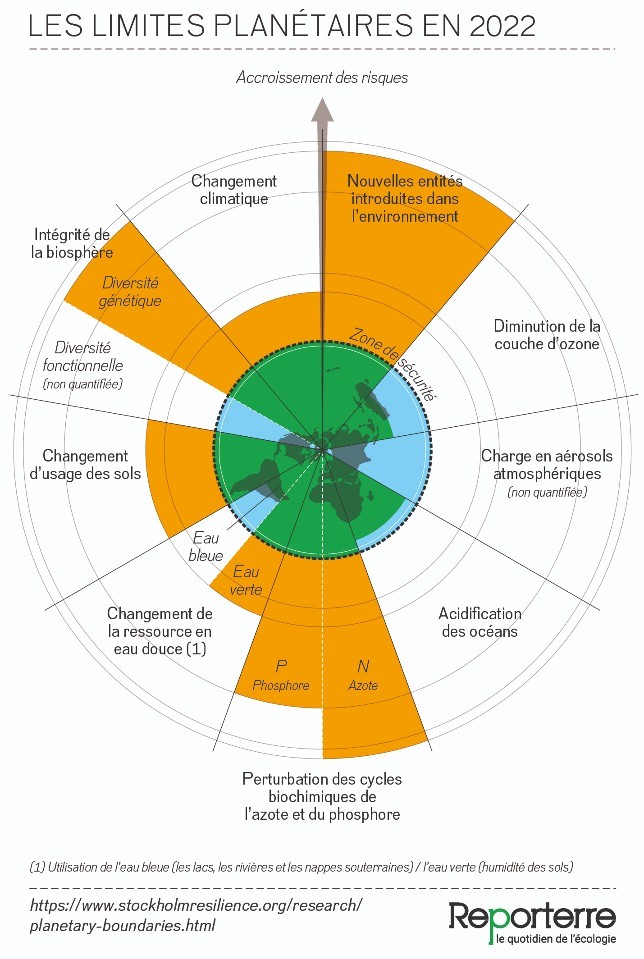Agriculture meets a number of basic human needs. In particular, it provides food, fiber, materials and energy. Without these basic needs, a healthy, productive life is impossible!
Yet, to provide resources for a world population that has more than doubled in 50 years, many countries have opted to rely on the development of what is now known as conventional agriculture.
While this approach has increased agricultural productivity, it has often been at the cost of serious environmental, social and economic consequences, the most serious long-term consequences of which are only just beginning to emerge.
The intensive use of inputs such as synthetic fertilizers and pesticides, high-tech farming equipment and monocultures has favored large landowners and multinationals, to the detriment of increasingly hungry local populations.
As well as contributing to the imbalance in North-South resources, monocultures have also played a major role in environmental degradation, through the need for deforestation, soil degradation and the depletion of the non-renewable resources on which they depend. They also pollute surrounding waters, making them one of the most significant causes of biodiversity loss on our planet.
Today, more than a billion people, spread over 570 million farms, make their living directly from agriculture. Of these farms, 84% cultivate areas of less than 2 hectares. And in many cases, these are the people left behind by agricultural development policies.
FdnF’s commitment is to these small-scale farmers, through carefully selected projects whose production is 100% returned to local populations.
These projects adhere to strict principles of sustainable agriculture, including the imperative use of fertile seeds, as the worldwide deployment of infertile seeds by the major seed companies has greatly contributed to the impoverishment of farming communities in the South.
Sustainable agricultural technologies such as agroecology, regenerative agriculture, agroforestry, permaculture, organic farming, etc. are always favored in order to respect, and if possible favor, the surrounding natural environment.
According to the latest WHO report (September 2022), almost half of the people starving in the current global food crisis are children. While humanitarian aid can provide an immediate response to this dramatic situation, only sustainable development can reduce or even eradicate famine in the long term.




